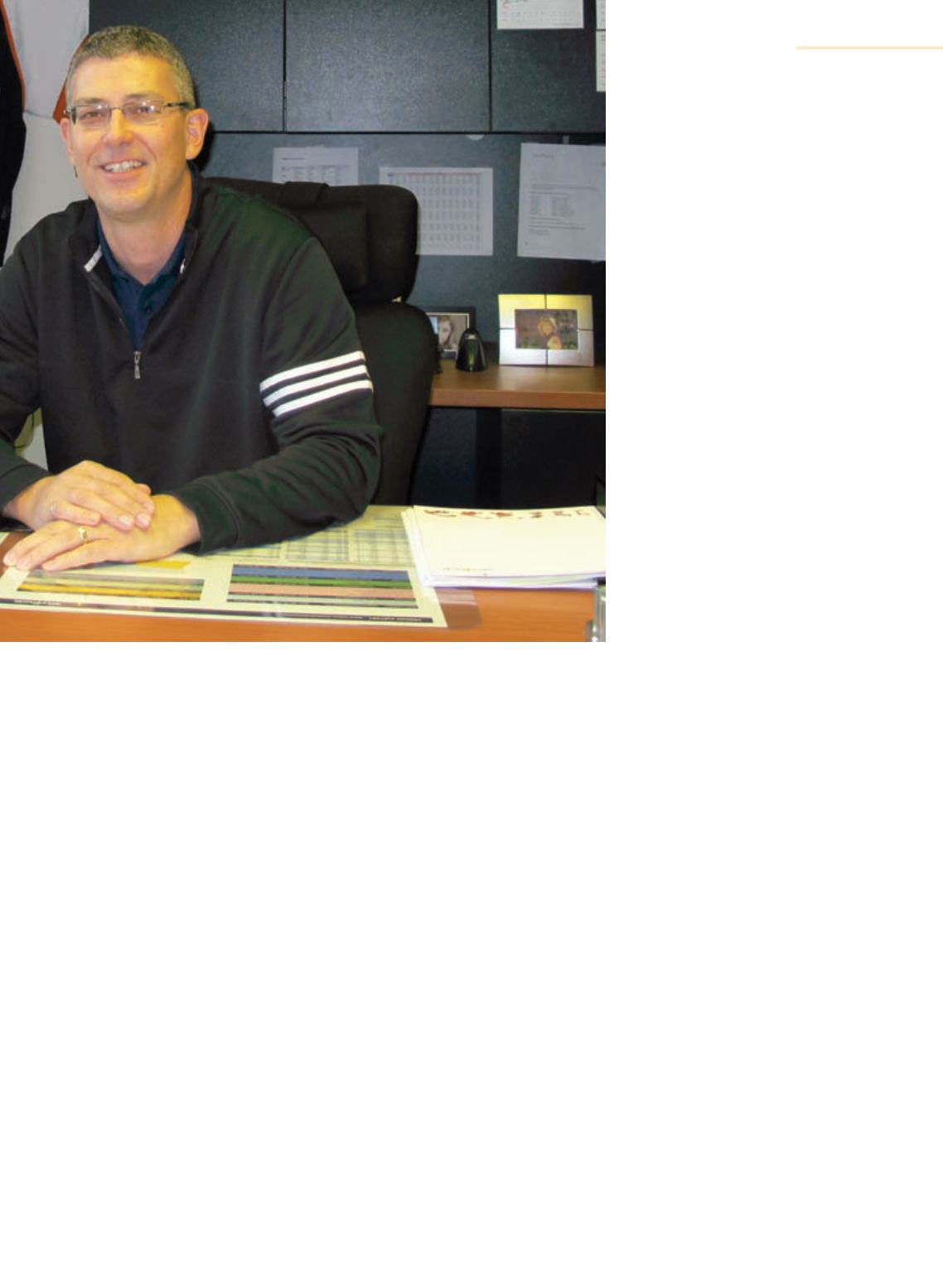
INTERVIEW
21
JANUARY-FEBRUARY 2014
ACCESS, LIFT & HANDLERS
Skyjack is looking at potential plans for its
involvement in China, but they’re not on the
cusp of opening a manufacturing facility there
just yet, despite manufacturing synergies with
its parent company Linamar.
“Linamar has a manufacturing facility there
today and they’re building another, which
is going to open soon,” Boehler says. “We
have a foot in the door, meaning we have
technical people on the ground and we have
manufacturing on the ground. We are buying
things from certain vendors in China today
and I think as we continue that process, it’s a
matter of doing the right things and ensuring our
suppliers are meeting standards – supplying us
with good products that come in on time.
“As we develop, and once we have a local
supply chain we can depend on there, that’s the
first step into the manufacturing environment.”
And that's not the only area Skyjack wants to
dip its toes into; the company is looking to grow
in Japan.
“We’re looking at new products, new markets
and looking to expand the customer base that
we’re already in,” Boehler says. “In Europe and
the UK, it’s the same thing – there’s potential for
us to do even more there, we just have to focus
our efforts on getting more people involved,
building on our reputation and convincing
people that when they have our product in their
fleet, it’s price competitive to start with, but it’s
very advantageous. It doesn’t cost you as much
money to operate and it lasts a long time.”
South America
In September, Skyjack celebrated the first year
in operation of its parts and service center in
Indaiatuba, Sao Paulo, Brazil. The company says
its center benefitted customers by eliminating
traditionally long lead times associated with
getting product into the country. Skyjack also
assembled a team with extensive market
experience to provide the best service to its
customers.
“Our market share of scissors is very
significant in Brazil,” Boehler says.
But, like most companies experience, it can be
difficult to get parts into Brazil due to red tape
and government regulations. Boehler explains
that dotting all the T’s and crossing all the I’s is
one of the most important factors at not getting
stopped in customs.
“We must be detail-oriented on getting things
into the country properly because from what I
can tell is that once you get flagged, you’re out
to lunch,” he says. “But you also have to have a
good flow-through of parts that are making it to
the facility.”
Skyjack didn’t want to necessarily have to air
freight items in at a regular basis, which would
cost money (lots of it) and can take an extremely
long time. But it also needed to be realistic as to
what parts typically need replacing, so it aims to
meet its customers’ goals without having stale
inventory just sitting.
“We have accepted and we’re willing in
some instances to air freight parts in because
at some point, you’re always going to get an
infrequent or ‘out of the blue’ request for a
broken component,” Boehler says, “but instead
of having a $10,000 axle sitting in Brazil waiting
for something that might never happen, we’ll
air freight it in. The only issue with air freight,
though, is the red tape. If we needed to send
a large part to a customer in North America,
we’d use UPS and it’d be there the next day
and everyone would be happy. We just have to
continue to work on these things.”
The company enlisted its worldwide parts
division to analyze parts’ history. For instance,
the team looked at wheel motors and how
many Skyjack sells a year. “There’s no reason
for us to think that for Brazil, there would be
any difference in need than in North America,
Europe or wherever else,” Boehler says. “The
demand should be relatively similar in all
markets. In general, on part x, you should need
x number on the shelf and that should be able
to take you through our supply chain in order to
refill your demand.”
Product development
With all the regional and world growth
developments, Skyjack has put some of its
product progress on hold. The company
exceeded its goal for units sales of the new
63-foot SJ 63AJ boom, but despite this, the
company is in no rush to flesh-out its boom line.
“This is going to take longer than I wanted it
to,” Boehler says of expanding its boom
product line. “We’ve done a lot of refreshing
of the boom product that we had produced
previously and as we get more experienced in
the boom product, we’ve found things we could
do better.”
The company is developing its fifth boom
product and implementing changes into its
current offering. But Boehler says customers
can expect – in the future – a new 80-foot
telescopic boom and a 30-foot articulating
boom, just not before Tier 4 changes are
fulfilled and company resources (workforce and
manufacturing space) are expanded.
Future
With so many projects and plans ahead,
Skyjack’s parent company, Linamar, stands by
it. “They are absolutely a committed owner,”
Boehler says. “We’re an integral part of their
business.”
When asked if Skyjack were ever to be on
the selling block, Boehler says everything in
negotiable.
“If somebody were to come by and say, ‘Hey,
here’s a bank-full of money for Skjyack,’ there is
always that potential,” he says. “You can’t ever
say ‘Nothing’s for sale,’ but there’s no desire on
Linamar’s side to sell us. We’re going to grow
quite aggressively over the next five to seven
years so we fit in well with them.”
■
Brad Boehler, president of Skyjack sits
at his desk in late 2013.


